Valettu alumiini ja suulakepuristettu alumiini ovat eri tavoin valmistettuja alumiinityyppejä. Valualumiinissa sulatettua metallia kaadetaan muottiin muodon aikaansaamiseksi. Puristettu alumiini valmistetaan työntämällä alumiinia reiän läpi putkien kaltaisten muotojen luomiseksi. Puristettu alumiini on yleensä vahvempaa ja sen pinta on sileämpi. Valualumiinista voidaan valmistaa monimutkaisempia muotoja, mutta suulakepuristettu alumiini on usein halvempaa yksinkertaisten muotojen valmistukseen.
Jotta voit valita oikean materiaalin tiettyihin sovelluksiin, on tärkeää ymmärtää valetun ja suulakepuristetun alumiinin erot. Lue tämä artikkeli ja tutustu niiden erityisiin menetelmiin, sovelluksiin, etuihin ja haittoihin, rajoituksiin jne.
Mitä on valettu alumiini?
Valumuottien valajat valmistavat valettuja alumiiniosia käyttäen sulaa alumiiniseosta. He ruiskuttavat tämän nestemäisen muodon tuotteen profiilin muottiin. Nämä osat ovat kevyitä ja kestäviä, koska painevalu tekee niistä sellaisia. Valettua alumiinia voidaan käyttää autoissa, lentokoneissa, koneissa ja arkipäiväisissä esineissä.
Yleiset alumiiniseokset
A380 Seosmetalli
A380-seoksessa on jo noin 8,5% piitä ja 3,5% kuparia. Ne tarjoavat hyvän sähkönjohtavuuden ja pienemmän tiheyden (2,71 g/cm³). Sen juoksevuus on erinomainen. Ne ovat hyvin valettavissa ohutseinäisten osien ja moottorin kiinnikkeiden valmistukseen korkeapainevalussa.
A356-T6 seos
Tässä seoksessa on noin 7% piitä ja 0,3% magnesiumia. Osilla on parempi lujuus, sillä ne saavuttavat 310 MPa:n vetolujuuden, kun ne lämpökäsitellään asianmukaisesti. Näissä seoksissa on hyvä sähkönjohtavuus. Valmistajat käyttävät sitä yleensä pääasiassa autojen pyöriin ja ilmailu- ja avaruusteollisuuden osiin hiekkavalun avulla.
319 Seosmetalli
Yleisesti ottaen noin 6% tästä metallista on piitä ja 3,5% kuparia. Tämä metalliseos on paljon raskaampi kuin muut. Se antaa erinomaisen johtavuuden ja sen tiheys on 2,76 g/cm³. Tämän vuoksi se on käyttökelpoinen moottorilohkoissa, joissa lämmönkestävyys on tärkeää.
| Metalliseos | Koostumus | Tiheys (g/cm³) | Vetolujuus (MPa) | Johtavuus | Valumenetelmä | |
|---|---|---|---|---|---|---|
| A380 | 8,5% Si, 3,5% Cu | 2.71 | – | Erinomainen | Korkeapainevalu | |
| A356-T6 | 7% Si, 0,3% Mg | – | 310 | Hyvä | Hiekkavalu | |
| 319 | 6% Si, 3,5% Cu | 2.76 | – | Erinomainen | – |
Valuprosessit
Korkeapainevalu
Prosessi, jossa valmistajat kaatavat sulaa alumiinia teräsmuottiin 10-175 MPa:n paineella, on korkeapainevalu. Tämä tekniikka toimii nopeammin ja tuottaa osia 30 sekunnissa. Se soveltuu parhaiten jyrkän yksityiskohtaisiin osiin, kuten vaihteistokoteloihin.
Matalapaineinen painevalu
Tämä prosessi työntää metallia muottiin 20-100 kPa:n paineella eli alhaisemmalla paineella. Tällaisessa hitaassa käsittelyssä syntyy vähemmän vikoja vähentäviä ilmakuplia. Niiden esimerkkeinä voivat olla alumiinivanteet, jotka sisältävät parempaa lujuutta.
Hiekkavalu
Valmistaja kaataa sulaa metallia hiekkamuottiin. Tämä prosessi vie itse asiassa tunteja osaa kohti. Yksityiskohtaiset osat, kuten pumppukotelot, voivat kuitenkin selvitä tästä.
Muut menetelmät:
Eniten käytetty prosessi ei ole vain painevalu tai hiekkavalu. Se sisältää myös tarkkuusvalu ja kestomuottivalu. Sijoitusvalussa valmistajat käyttävät vahamalleja. Kestomuottivalussa käytetään kuitenkin uudelleenkäytettävää teräsmuottia. Näillä tekniikoilla voidaan valmistaa keskikokoisia ilmoitettuja osia, kuten keittoastioita.
Mikrorakenne ja jähmettyminen
Aina kun alumiini jäähtyy, syntyy pieniä kiteitä (nukleaatiota) ja rakeiden kasvua. Tämä tarkoittaa, että jäähdytyslämpötilat voivat vaikuttaa niihin. Tämä johtuu siitä, että nopea jäähdytys painevalussa tuottaa hyvin pieniä, vahvoja jyviä. Samaan aikaan hidas jäähdytys tuottaa suuria ja vähemmän kestäviä jyviä. Lisäksi A380:n kaltaisten seosten kulumiskestävyys piihiukkasten ja 356-T6:n lämpökäsittelyn ansiosta vähentää hauraita alueita.
Mikä on suulakepuristettua alumiinia?
Valmistajat käyttävät muotoiltuja muotteja voiman kohdistamiseksi lämmitettyihin alumiiniseoksiin. Tämä metalli saa sitten profiilin muodon, joka on yleensä pitkä, esimerkiksi sauvat, putket tai palkit. Puristettuja alumiiniosia käytetään laajalti rakennus-, auto- ja kulutustavaroissa. Niiden perusteena on kuitenkin se, että ne ovat kevyitä, vahvoja ja edullisia.
Yleiset seokset
6061 Seokset:
6061-seos sisältää 1,0% magnesiumia ja 0,6% piitä. Nämä hiukkaset antavat sille korkean lujuuden (310 MPa vetolujuus) ja erinomaisen hitsattavuuden. Ne soveltuvat hyvin rakenteellisiin ja raskaasti kuormitettuihin osiin, kuten kuorma-autojen runkoihin ja polkupyörän osiin.
6063 Seokset:
6063-seoksessa on 0,7% magnesiumia ja 0,4% piitä. Se estää korroosiota ja antaa hienon pinnan. Siksi se soveltuu parhaiten koriste- ja arkkitehtonisiin profiileihin, kuten ikkunanpuitteisiin ja ovikiskoihin.
Lämpökäsittely
Suulakepuristetun alumiinin ominaisuudet paranevat, kun valmistajat suorittavat niille lämpökäsittelyjä, kuten T5- tai T6-karkaisua.
T5-karkaisussa puristettu kappale jäähdytetään ilmalla. Se lisää osan lujuutta mahdollisuudella 20-30%.
T6-karkaisu sisältää liuoskäsittelyn 530 °C:ssa. Tätä seuraa keinotekoinen vanhentaminen. Osat kovettuvat ja lujittuvat huomattavasti. Voit käyttää esimerkiksi 6061-T6:ta rakennesovelluksiin, jolloin sen optimaalinen sitkeys ja lujuus ovat tasapainossa.
Ekstruusioprosessi Suorassa ekstruusiossa:
Valmistajat käyttävät hydraulista ruuvia työntääkseen aihion paikallaan olevan muotin läpi, mitä kutsutaan suoraksi suulakepuristukseksi. Tällainen prosessi toimii tehokkaasti, mutta se tarvitsee enemmän energiaa jo pelkästään kitkan vuoksi.
Epäsuorassa suulakepuristuksessa:
Epäsuoran puristamisen aikana se pitää aihion paikallaan, kun muotti liikkuu sitä kohti. Tästä syystä sitä kutsutaan myös takaperin tai käänteiseksi tekniikaksi. Se vähentää kitkaa ja energiankulutusta jopa 10-30%. Tämä tekniikka tuottaa täydellisesti tarkkoja osia, kuten putkia.
Lehdistön tyypit
Käytettävissä olevista vaihtoehdoista hydrauliset puristimet antavat suuren voiman (jopa 100 MN) suurille profiileille. Mekaaniset puristimet puolestaan toimivat nopeasti (jopa 60 iskua/minuutti). Se soveltuu hyvin pienille osille.
Ekstruusiotyypit
Kuumapuristus:
Kuumapuristus tapahtuu 350-500 °C:n lämpötilassa. Siinä käytetään lämpöä ja painetta. Tämän prosessin avulla voidaan valmistaa kiinteitä tai onttoja osia kiinteiden poikkileikkausten avulla. Esimerkiksi I-palkit tai autojen alustat.
Kylmäpuristus:
Kylmäpuristaminen on mahdollista jopa 120 °C:n lämpötilassa, ja sitä tapahtuu myös huoneenlämmössä (20-25 °C). Tässä prosessissa valmistaja ei lämmitä alumiinia ja pakota sitä muottiin. Sillä valmistetaan osia, joiden toleranssit ovat erittäin tiukkoja ±0,02 ±0,05 mm:n tarkkuudella, ja se vähentää hapettumista. Se sopii siis erinomaisesti kiinnittimien, sähköliittimien ja ilmoitettujen osien valmistukseen.
Tärkeimmät erot valetun ja suulakepuristetun alumiinin välillä
1. Mekaaniset ominaisuudet
Valmistusprosessit vaikuttavat valetun ja suulakepuristetun alumiinin mekaanisten ominaisuuksien vaihteluihin.
Vahvuus:
Yleensä suulakepuristetun taiteen vetolujuus on korkeampi kuin niiden alumiinivalu. Esimerkiksi A356-T6-valualumiinin vetolujuus on noin 230-250 MPa. Sen sijaan 6061-T6-pursotetun alumiinin vetolujuus on jopa 310 MPa.
Muodostuvuus
Suulakepuristetun alumiinin avulla saavutettu hienostunut rakeisuus tekee siitä sitkeämmän. Samaan aikaan karkeat rakeet ja metallien väliset faasit ovat syynä valetun alumiinin haurauteen.
Kovuus
Kovuus perustuu täysin siihen, minkä seoksen ja lämpökäsittelyn valitset. Puristetuilla osilla on kuitenkin yleensä tasaisempi kovuus. Esimerkiksi A380-valualumiinin kovuus on noin ~80 HB, mutta 6061-T6-pursotettujen osien kovuus on 95 HB.
Väsymiskestävyys
Suulakepuristetun alumiinin hienompi raerakenne mahdollistaa sen, että ne toimivat hyvin syklisessä kuormituksessa. Sitä vastoin valettu alumiini sisältää heikompaa väsymiskestävyyttä. Tämä johtuu sen huokoisesta rakenteesta. Sitä voidaan kuitenkin parantaa käyttämällä asianmukaista lämpökäsittelyä ja parempia seoksia.
2. Mikrorakenteen vertailu
Valetun alumiinin mikrorakenteessa näkyy karkeat rakeet (50-200 µm) ja klusteroituneet intermetalliset faasit. Tämä on syy haurastumiseen ja mekaanisen suorituskyvyn heikkenemiseen.
Toisaalta suulakepuristusprosessi hienosäätää raerakenteen niinkin pieneksi kuin 10-50 µm. Tämä johtuu siitä, että se rikkoo metallien väliset metallit ja yhdenmukaistaa rakeet.
Esimerkiksi kuvassa on kontrastina mikrorakenteiden molemmat osat. Siinä valetussa rakenteessa on karkearakeisia rakeita.
Suulakepuristettu osa (a-f) osoittaa, miten se hienosäätää raerakennetta, mikä johtaa parempaan suorituskykyyn.
3. Toleranssit
Kun muotin laajeneminen ja jähmettymisen kutistuminen tapahtuvat, valetun alumiinin toleranssit muuttuvat väljemmiksi (±0,5 mm tai enemmän).
Tiukemmat toleranssit (±0,1 mm) suulakepuristetussa alumiinissa ovat mahdollisia. Tämä johtuu siitä, että metallin pakottamiseen käytetään tarkkuusmuotteja. Tämä tarkoittaa, että muotin suunnittelu ja puristimen tarkkuus voivat aiheuttaa muutoksia toleransseihin.
4. Suunnittelua koskevat näkökohdat
Alumiinivalua käytetään pääasiassa terävän yksityiskohtaisten muotojen valmistukseen, joissa on sisäisiä onteloita. Esimerkiksi moottorilohkot tai pumppukotelot. Mutta jotenkin se soveltuu huonosti ohutseinäisiin tai pitkiin profiileihin.
Puristustekniikka tuottaa parhaat pitkät osat ja tasaiset profiilit, joiden poikkileikkaukset ovat johdonmukaisia. Esimerkiksi palkit tai putket. Lisäksi nämä osat voivat täyttää myös erityiset suunnitteluvaatimukset.
5. Liitosmenetelmät
Valmistajat voivat liittää yhteen sekä valettua että suulakepuristettua alumiinia. Tähän he käyttävät tekniikoita, kuten hitsausta, pulttausta tai liimausta.
Valualumiinia ei ole helppo hitsata. Syynä on huokoisuus, intermetallisten faasien esiintyminen ja myös korkea piipitoisuus joissakin seoksissa (esim. A380. Tämä voi aiheuttaa halkeilua.
Suulakepuristetut alumiiniosat ovat paljon helpompia hitsata ja työstää. Niissä on yhtenäinen rakenne. Siksi ne ovat monipuolisempia kokoonpanossa.
Valetun alumiinin edut ja haitat
Edut
- Sen avulla voit valmistaa yksityiskohtaisia ja monimutkaisia muotoja, joissa on sisäisiä onteloita. Esimerkiksi sylinterinpäitä, vaihteistokoteloita tai pumppukoteloita.
- Valetut alumiiniseokset, kuten A356-T6, tarjoavat suuren vetolujuuden ja ovat samalla keskimääräistä kevyempiä.
- Nämä osat ovat edullisia, jos niitä valmistetaan irtotavarana.
Haitat
- Lukkiutunut kaasu tai kutistuminen jähmettymisen aikana aiheuttaa muiden osien lujuuden ja väsymiskestävyyden heikkenemistä. Tämä ongelma voidaan kuitenkin korjata käyttämällä tyhjiövalua tai kaasunpoistoaineita.
- Sekä nestemäinen että kiinteä kutistuminen aiheuttavat osien särkymistä tai murtumista. Käytä asianmukaista muotin suunnittelua ja hallittua jäähdytystä tämän ongelman ratkaisemiseksi.
- Valualumiinilla on löysempi toleranssi kuin suulakepuristuksella.
Suulakepuristetun alumiinin edut ja haitat
Edut
- Suulakepuristettu alumiini antaa erinomaisen viimeistelyn. Kun osa on viimeistelty anodisoiduksi tai jauhemaalatuksi pinnoitteeksi, se on vahvempi. Ne sisältävät parempaa korroosionkestävyyttä ja kestävyyttä.
- Tarkkuusmuotteja käyttämällä voidaan saavuttaa tiukempia toleransseja.
- Nämä osat ovat kustannustehokkaita suurilla volyymeillä.
- Ihanteellinen pitkille, muuttumattomille profiileille, kuten tikapuukiskoille tai moniulotteisille putkille.
Haitat
- Nämä osat rajoittuvat yksinkertaisiin muotoihin, eivätkä ne sovellu hyvin monimutkaisiin malleihin.
- Tarvitaan erityisiä muotteja onttojen tai monikanavaisten profiilien valmistukseen.
- Puristaminen ei sovellu osiin, joissa on useita poikkileikkauksia tai monimutkaisia sisäisiä piirteitä.
Sovellukset ja toimialat
Konkreettisia esimerkkejä
Yleensä valualumiinia käytetään autoteollisuuden sovelluksissa. Tällaisia osia ovat esimerkiksi moottorilohkot, vaihteistokotelot ja pyörännavat.
Oheisessa kuvassa on moottorilohkon muotokuvio. Siinä korostuvat tärkeimmät osat. Esimerkkinä voidaan mainita porttijärjestelmä (sulan metallin kulkureitit), ylivuodot (keräävät ylimääräisen materiaalin), tyhjiölinjat (poistavat ilman) ja sylinterilohkon lopullinen valukappale.
Samalla valmistajat käyttävät suulakepuristettua alumiinia ikkunanpuitteisiin, ovikiskoihin ja rakennepalkkeihin. Kuljetusalalla sitä käytetään junavaunujen runkoihin, kuorma-autojen runkoihin ja polkupyörän osiin.
Sähköajoneuvot (EV)
Sekä valetun että suulakepuristetun alumiinin käyttö sähköautoissa lisää niiden suosiota. Valmistajat käyttävät valettua alumiinia akkukoteloissa ja moottorikoteloissa. Suulakepuristettua alumiinia taas käytetään kevyiden alustojen ja rakenneosien valmistukseen.
Additiivinen valmistus
3D-tulostuksen integrointi valettuun alumiiniin mahdollistaa vaikeampien muotojen käsittelyn. Ne helpottavat kevyiden osien valmistusta ilmailu- ja avaruusteollisuudessa ja lääketeollisuudessa.
Lisäksi innovatiiviset mallit ovat mahdollisia suulakepuristetun alumiinin additiivisten tekniikoiden avulla. Tämän ansiosta nämä osat soveltuvat käytettäviksi hybridivalmistusprosesseissa.
Johtopäätökset:
Valettu ja suulakepuristettu alumiini eivät muistuta toisiaan. Niiden lujuus, mikrorakenne, toleranssi ja suunnittelutasot ovat erilaiset. Jos valitset ne satunnaisesti, se tarkoittaa, että valinta voi pilata koko projektin. Valitse siis viisaasti oikea materiaali ja valmistusprosessi sovellustarpeiden perusteella.

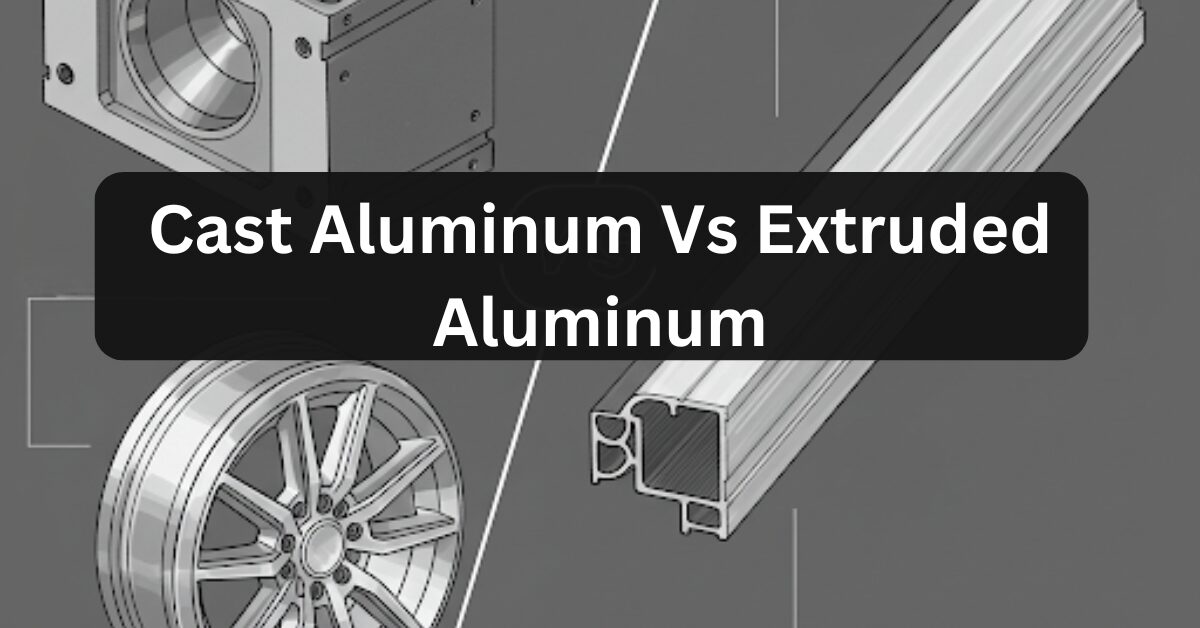
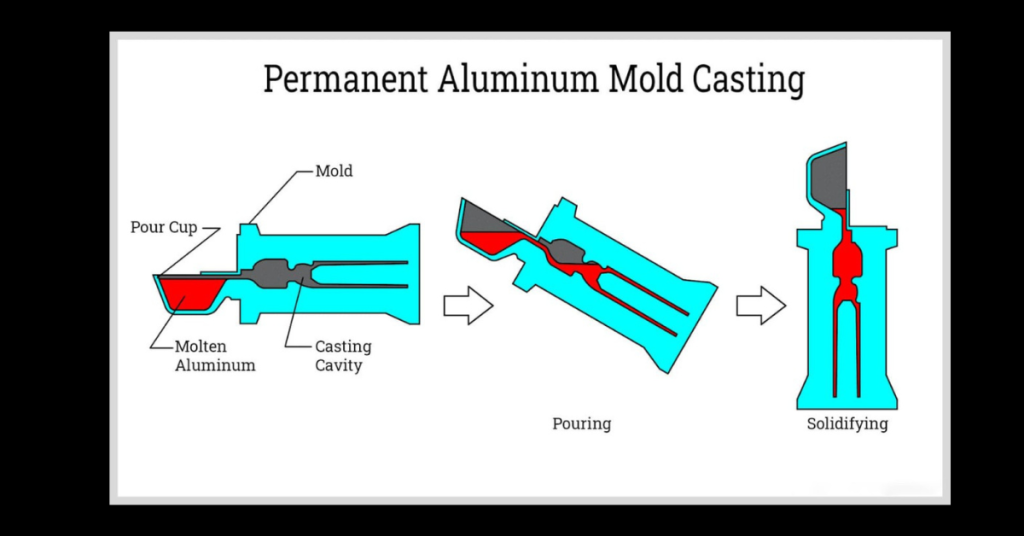
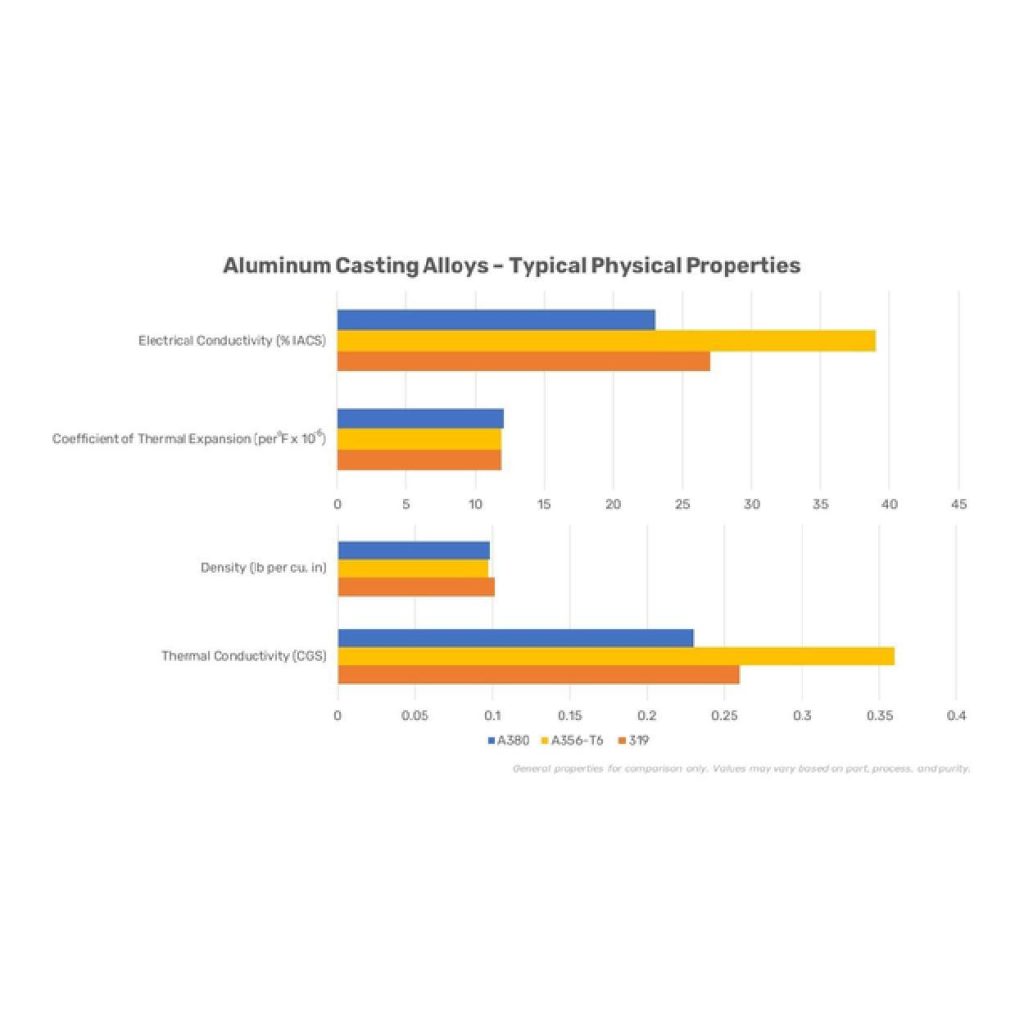
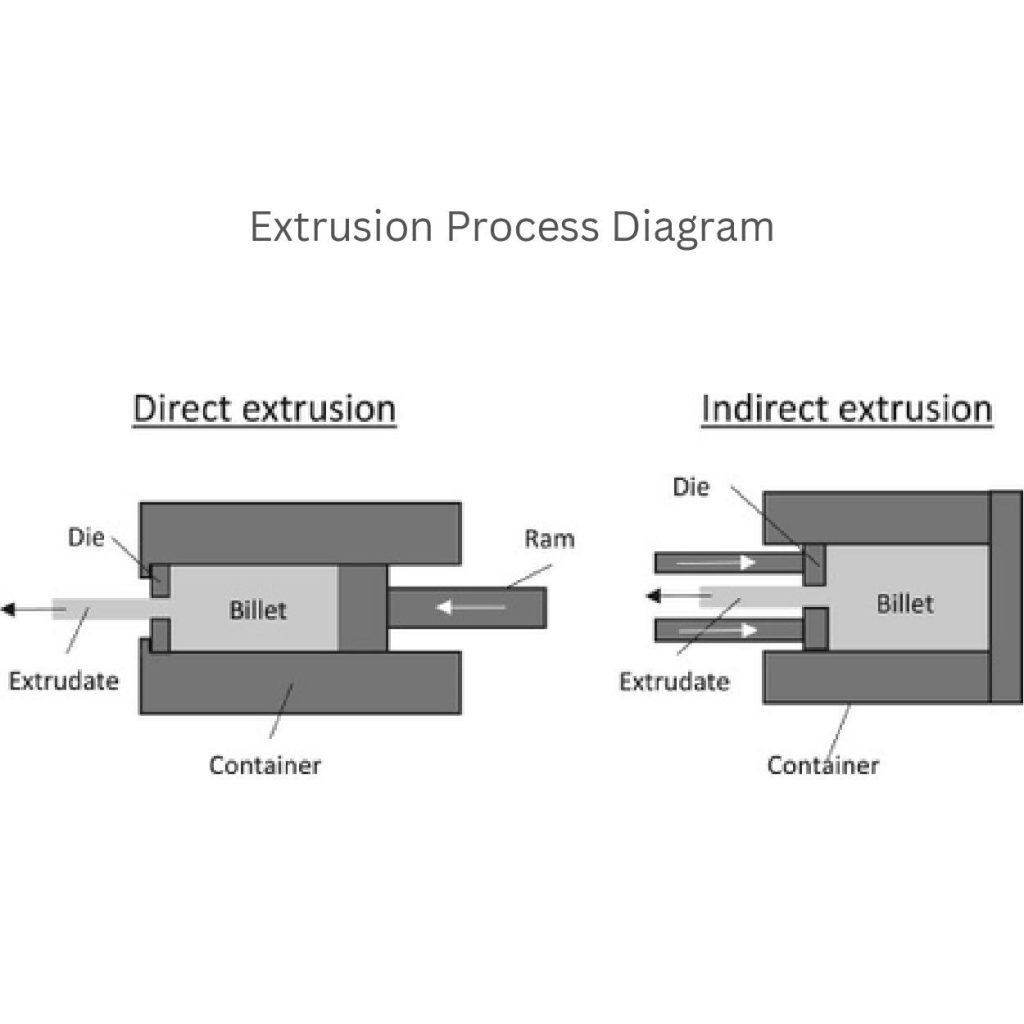
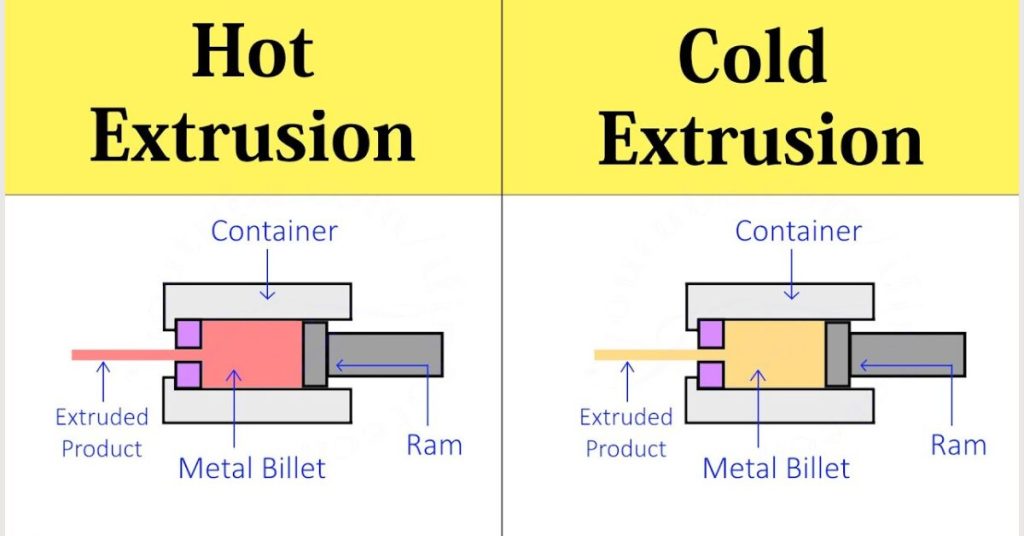
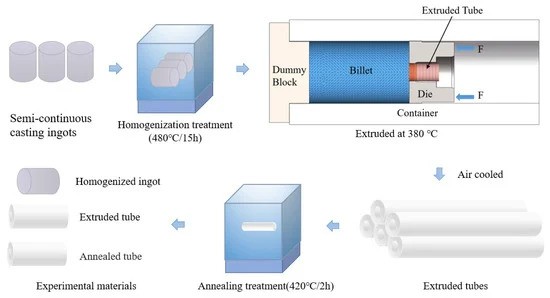
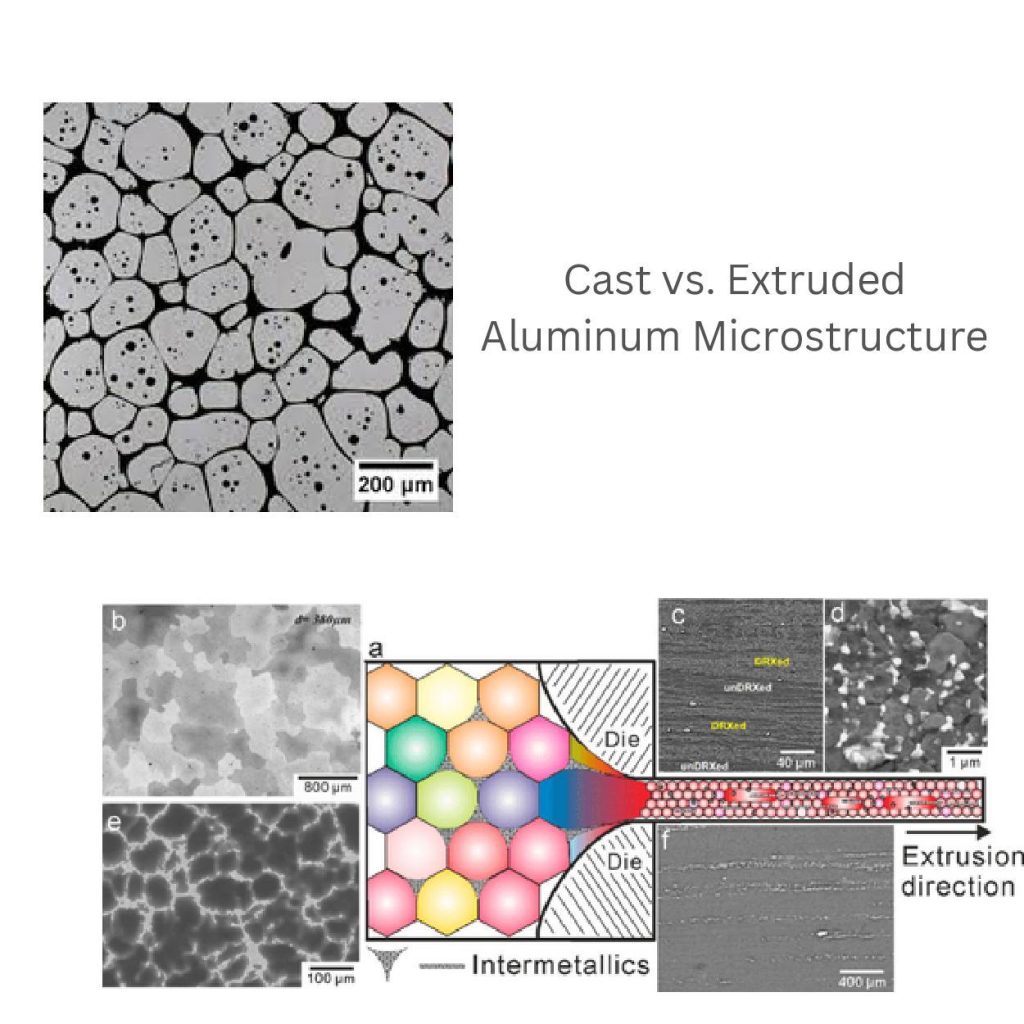
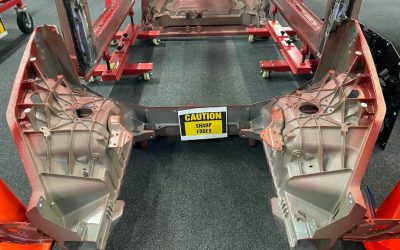
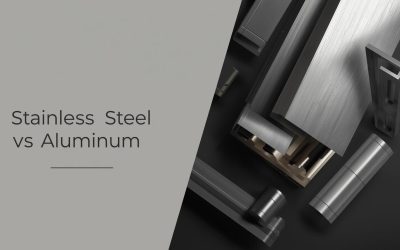
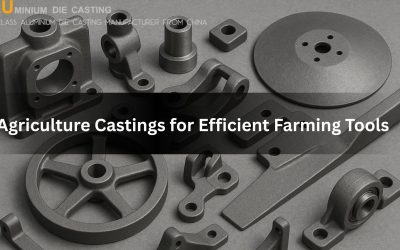
0 kommenttia